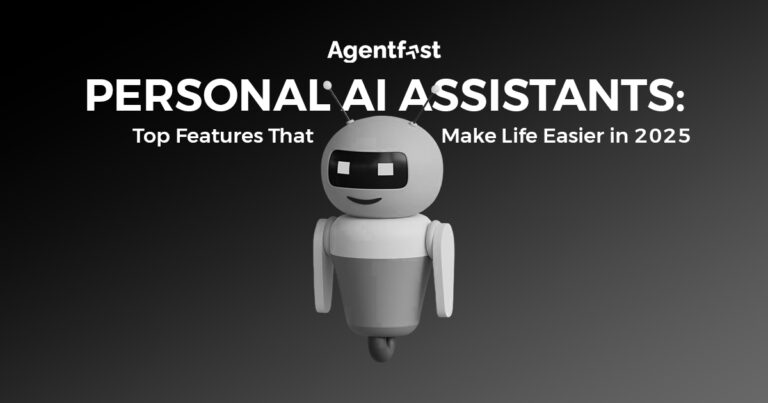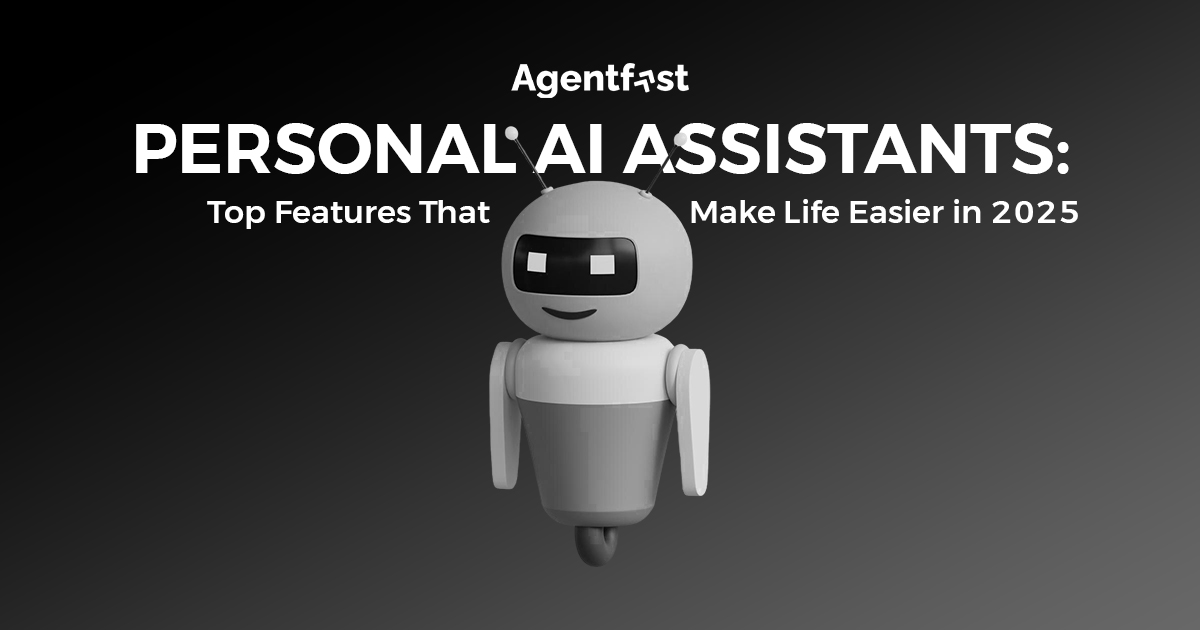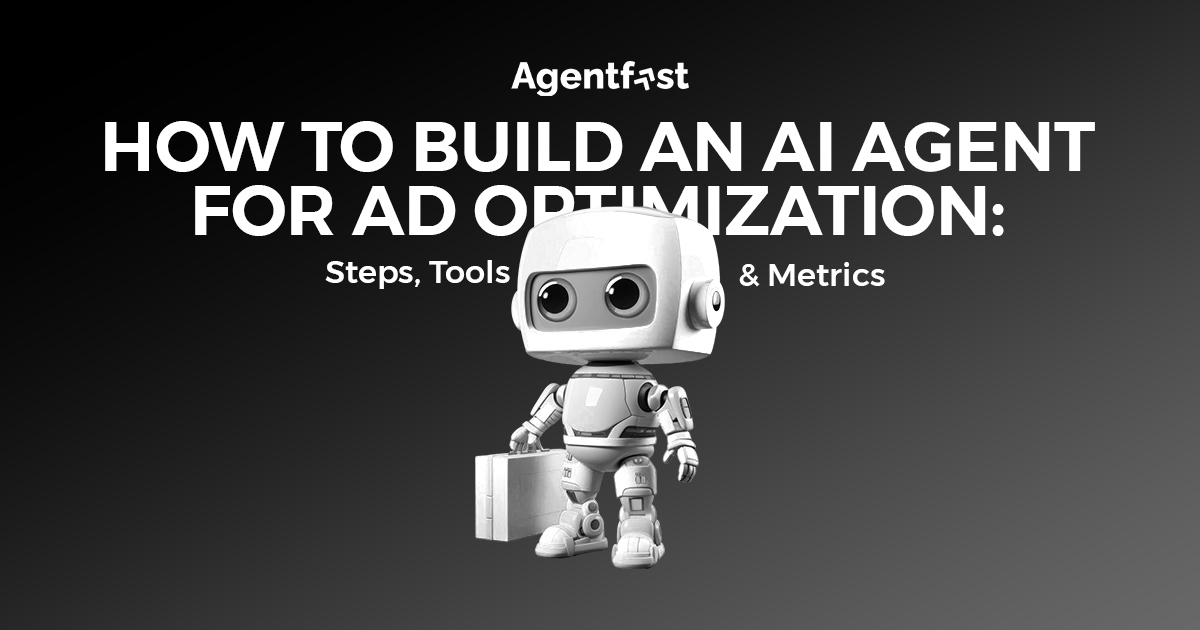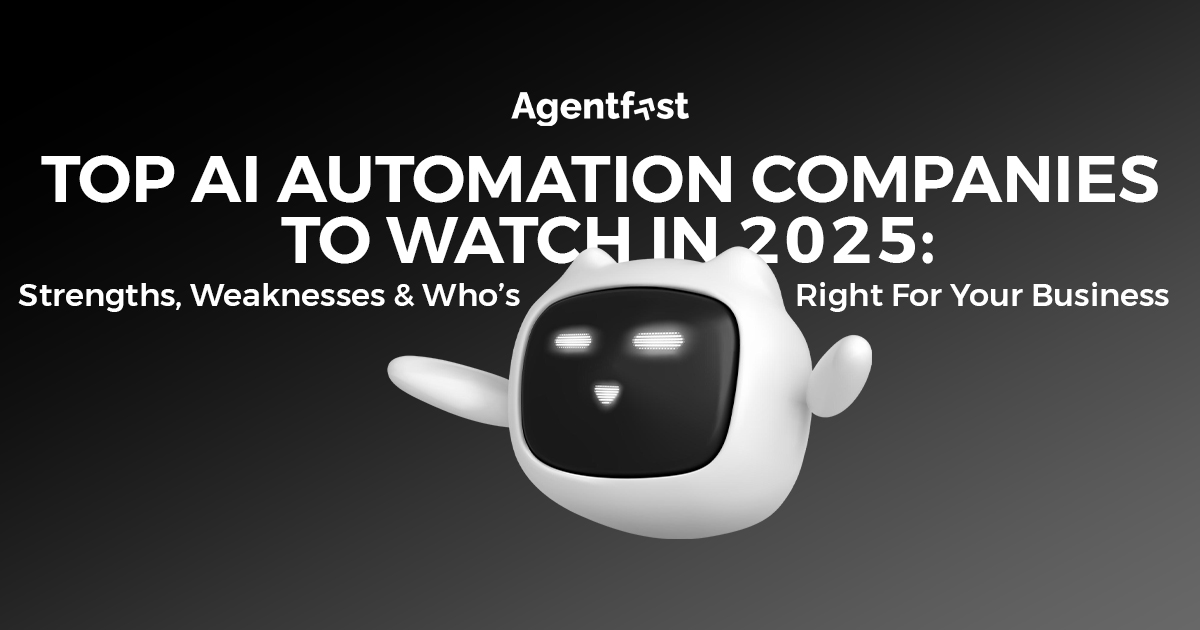Every week feels shorter, doesn’t it? Meetings pile up, inboxes refill, and somehow you spend more time sorting than creating. The cycle repeats, quiet but heavy. Somewhere in those lost minutes hides progress that never happens.
An AI virtual assistant changes that rhythm. It takes small, boring jobs off your plate so the important ones actually get done. In this piece, you’ll see how these assistants fit into modern work and why more companies are choosing them in 2025.
How AI Virtual Assistants Work Behind the Scenes
An assistant like this isn’t a voice trapped in your phone; it’s a collection of systems stitched together through virtual assistant software. It can check calendars, answer emails, collect data, or talk with customers through chat. Think of it as a patient coworker that remembers every instruction.
Gemini, Google’s AI assistant, recently passed around 450 million monthly users. That number says a lot. People aren’t treating these tools as experiments anymore. They’ve become normal, something you expect to find in your laptop, car, or office. The remote virtual assistant has moved from novelty to everyday necessity.
Why Businesses Are Turning to AI Virtual Assistants in 2025
The workday hasn’t grown longer, but the list of tasks has. Teams need more output with the same number of hands. That tension pushes leaders toward automation that feels human.
Virtual assistants already appear in cars like Mercedes’ MBUX system, and they’re creeping into kitchen screens and conference rooms. That reach raises tricky problems, context, privacy, tone, but it also opens space for growth.
Common reasons firms invest now:
- Continuous coverage without overtime.
- Lower admin spending with reliable delivery.
- Quick answers that keep customers calm.
- Less time lost in internal coordination.
- Fewer gaps when someone’s out sick or on leave.
Benefits of AI Virtual Assistants
Automation only matters when it makes life lighter. A good assistant does that quietly. It doesn’t brag; it just takes the tedious parts away.
Better Focus
When the system handles scheduling, reminders, or follow-ups, people can finally think. That’s the core benefit of virtual assistant tools, time given back.
Consistent Customer Contact
A virtual assistant chatbot never forgets politeness. It responds at midnight with the same calm tone it uses at noon. Clients notice that steadiness.
Lower Overhead
Hiring another coordinator costs money. Using a remote virtual assistant lets smaller teams act large without paying extra desks or insurance.
Cleaner Data
Humans multitask badly. Machines don’t. Reports stay uniform, logs stay accurate, and nothing slips through.
Smoother Collaboration
With fewer interruptions, work feels breathable. Conversations stop getting lost between spreadsheets and email chains.
Practical Use Cases Across Industries
These assistants slide into almost any sector. Each finds its own version of relief once the routine parts vanish.
| Industry | Example Tasks | Typical Result |
| Healthcare | Appointment reminders, intake forms | Fewer no-shows, calmer staff |
| Retail | Order tracking, stock queries | Shorter queues and happier shoppers |
| Finance | Expense reports, client alerts | Cleaner audits and faster approvals |
| Real Estate | Lead follow-ups, listing updates | More calls returned, higher closings |
| Education | Student Q&A, assignment logs | Clearer communication, lighter admin load |
Across each field, the personal AI assistant turns noise into rhythm.
Steps to Introduce an AI Virtual Assistant into Your Business
Rolling out automation shouldn’t feel like surgery. It works best in small, thoughtful steps.
Step 1: Notice What Repeats
Watch a regular week. Which chores repeat like background music? Those belong to the assistant.
Step 2: Pick Virtual Assistant Software That Fits
The right platform connects with your mail, chat, or CRM without endless add-ons. Simpler links mean faster adoption.
Step 3: Teach It With Real Examples
Feed it actual messages and scenarios so it learns your language. A personal AI assistant grows smarter the more real input it gets.
Step 4: Trial Then Adjust
Start inside one department. Let people live with it for a month. Gather honest reactions and fix rough spots.
Step 5: Measure What Changed
After rollout, count hours saved or response time reduced. Numbers help prove value better than hype ever could.
Each stage builds comfort. Soon the tool becomes part of the background, quiet, reliable, ordinary.
What Makes a Great AI Virtual Assistant in 2025
The best systems in 2025 aren’t flashy; they’re thoughtful. They remember context, shift tone, and stay secure. They feel less like gadgets and more like steady staff members.
A strong assistant connects across apps, CRM, calendars, chat, without lag. It keeps every conversation logged safely and respects privacy rules. For brands using white-label designs, it should mirror the company voice exactly.
A capable virtual assistant chatbot keeps replies short, polite, and natural. It handles both structured data and free text without confusion. When done right, it feels almost invisible, just helpful.
Ready to Transform Your Business with an AI Virtual Assistant?
Work feels different when the clutter fades. Emails stop stacking, reminders arrive on time, and meetings start to end early. That’s the quiet effect of automation done well.
At AgentFast, we build assistants that act like efficient teammates. They learn fast, talk clearly, and simply handle things. Our focus stays on removing slow steps so teams work without friction.
Want to see that calm spread through your schedule? Let’s talk about fitting an AI virtual assistant into your setup.
Frequently Asked Questions
What is an AI virtual assistant?
It’s software that manages digital chores, messages, meetings, tasks, through simple text or voice instructions.
What are the main benefits of virtual assistant tools?
Saved time, fewer mistakes, and smoother coordination across business units.
Can a personal AI assistant replace human support?
No. It complements teams by doing the repetitive parts so staff can handle decisions.
How does a remote virtual assistant connect with current tools?
Through API links or direct integrations with mail, CRM, and chat software.
What does a virtual assistant chatbot handle daily?
Customer chats, quick replies, data collection, and appointment scheduling.







